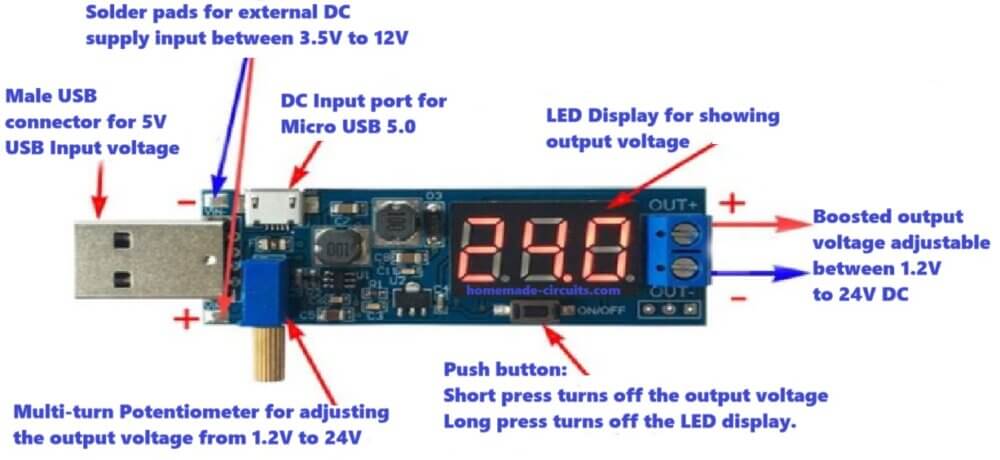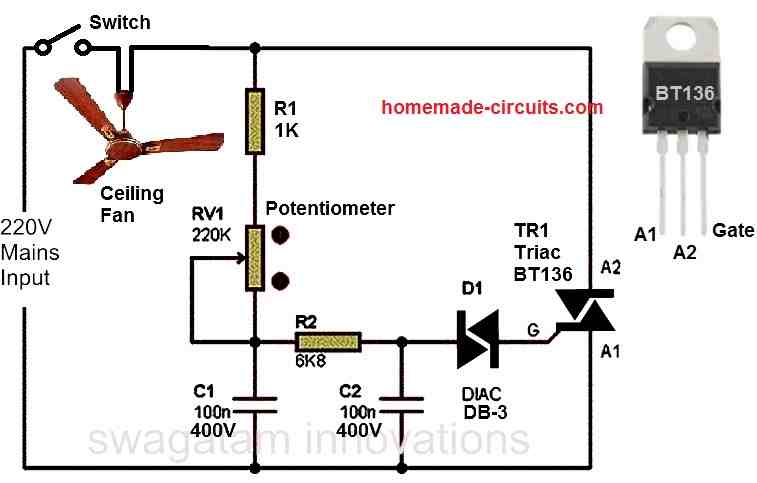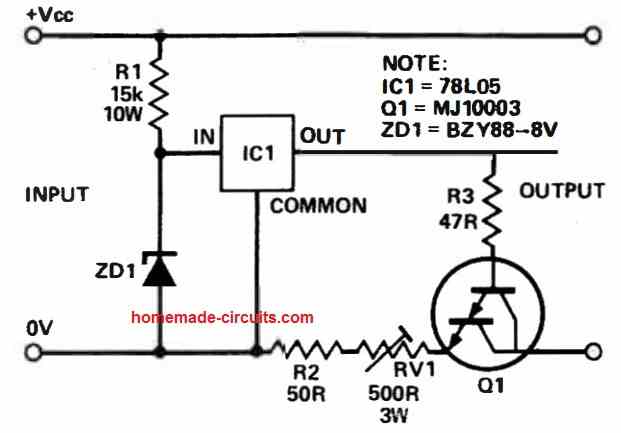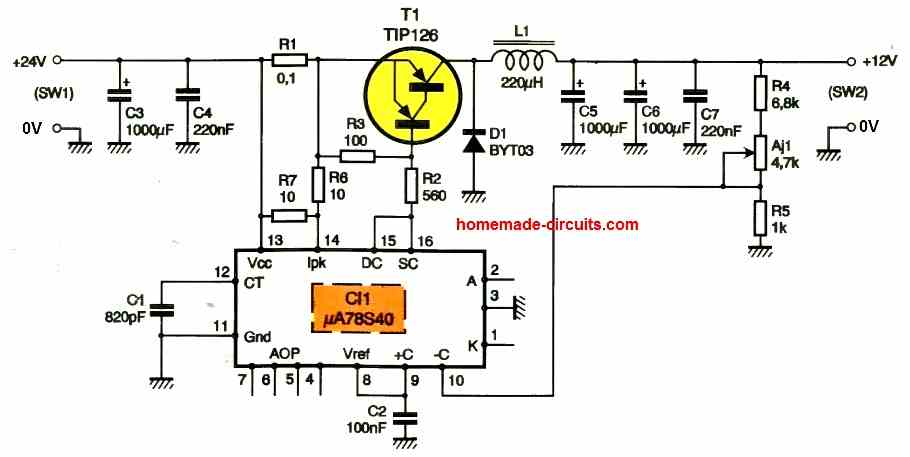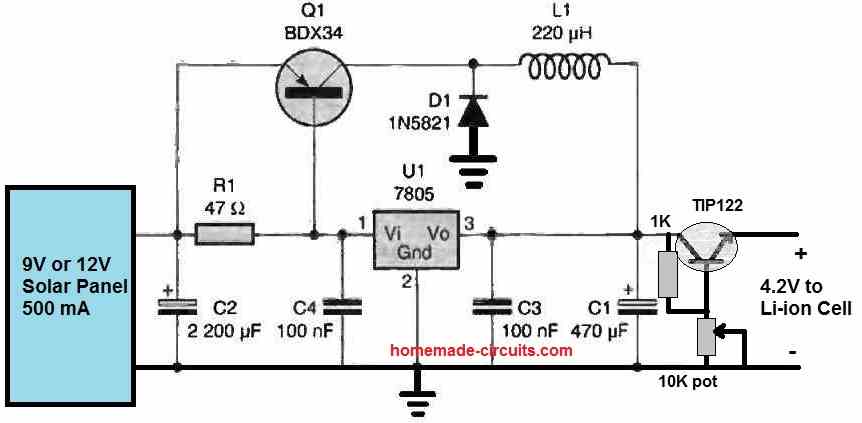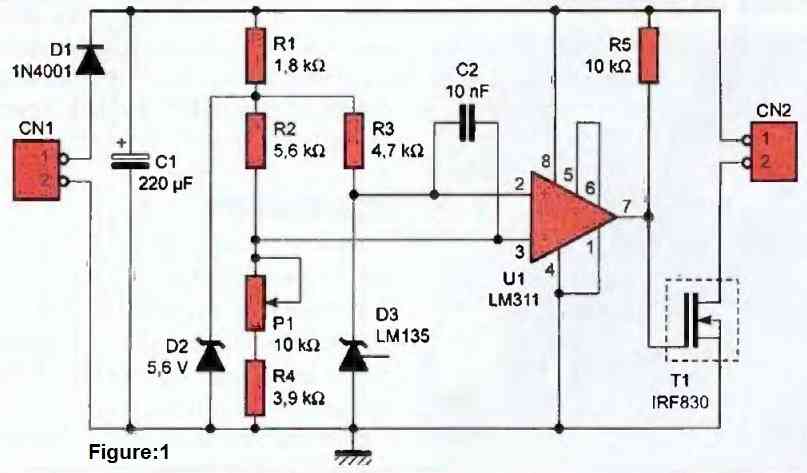This is a USB 5V to 24V Adjustable Boost Converter Module and it helps us step up a lower voltage into a higher voltage which we can adjust as needed. Now let us go through everything in detail step by step. Inputs – Where We Give Power Now we got three ways to power this […]
Search Results for: voltage regulator
Simple Ceiling Fan Regulator Circuit
A simple electronic ceiling fan regulator circuit using a triac and a diac is a common type of circuit which is used to control the speed of a ceiling fan. This circuit basically works using phase control principle, in which the voltage supplied to the fan motor is varied by controlling the firing angle of […]
High Voltage Constant Current Source Circuit
The presented circuit offers an adjustable constant current source capable of reaching up to 60mA, operating at voltages as high as 350V. Circuit Description The input stage, consisting of resistor R1 and zener diode ZD1, delivers 8V to the regulator (a 7805), maintaining this voltage relative to its reference line. This voltage level ensures sufficient […]
24V to 12V DC Converter Circuit [using Switching Regulator]
The DC to DC converter circuit described below can be used to convert a 24 V DC source into a 12 V DC output with high efficiency. Meaning, the circuit will allow to acquire a 12 V DC from a 24 V DC source with negligible power loss. Being a switching regulator, this circuit is […]
High Efficiency Solar Charger Circuits using Switching Regulators
Solar power or electricity from sun light is so abundant that we can afford to waste it or dissipate it in the form heat. This means that we can use large, high power solar panels to charge batteries with lower power without bothering about how much solar energy is being wasted and how much the […]
Temperature Regulator Circuits using IC LM335
There are many cases where it is desirable to actively regulate the operating temperature of an electronic assembly. Sometimes, it is imperative to dissipate the heat generated by the components (this is the case for the majority of microprocessors in our modern PCs). On the contrary, it is necessary to artificially increase the operating temperature […]
